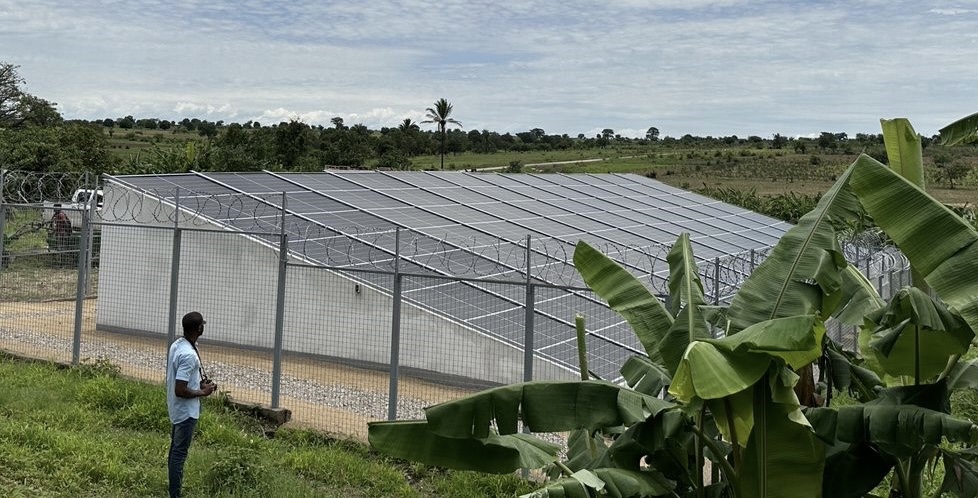KEY POINTS
- Eskom’s 2025 tariff overhaul has led to an 88% increase in fixed charges, impacting solar power users and raising their electricity bills substantially.
- Even with solar panels generating over 80% of a household’s energy, Eskom’s higher fixed charges result in a 30% to 50% increase in bills for customers using grid power.
- Compared to municipalities like Tshwane, Eskom’s pricing is more than double for lower-consumption households, highlighting the growing affordability gap in South Africa’s energy market.
South African homeowners with solar power systems are facing increased financial strain following Eskom’s tariff overhaul in April 2025.
The power utility’s decision to shift more of its cost recovery to fixed capacity charges — rather than consumption-based variable rates — has led to a significant hike in electricity bills for many users, including those who rely heavily on self-generated solar power.
This price revision, approved by the National Energy Regulator of South Africa (Nersa), has resulted in a dramatic 88% increase in the fixed charges for the most common residential tariff plans. For Eskom’s Homepower 4 and Homeflex 4 plans, this means customers are now paying a mandatory fee of R362.70 even before they consume a single kilowatt-hour of electricity — up from R192.90 last year.
For households with solar systems, this surge in fixed charges adds up quickly. For example, a small household with a solar installation that covers 80% of its energy needs, consuming 450kWh a month, saw their grid electricity costs climb by 51.48% from April 2025.
With Eskom’s increased fixed fees, even households with more extensive solar setups face a steep hike. A large home consuming 1,200kWh per month but relying on the grid for just 240kWh will pay 36.83% more for the electricity they use from Eskom compared to the previous year.
Solar customers, who are already generating a substantial portion of their power, are particularly hard-hit. A household with an entry-level solar system that consumes 450kWh, for instance, will pay R720.81 for the 90kWh of electricity sourced from Eskom, which is an eye-watering 51.48% higher than in March 2025. While this difference shrinks as consumption increases, Eskom’s tariff hikes are still notable. Even with large solar systems, monthly bills are significantly higher.
Comparing Eskom’s Tariff to Municipalities Without Fixed Charges
To further illustrate the impact of Eskom’s new pricing structure, MyBroadband compared Eskom’s prices to those of the City of Tshwane, a major South African municipality that doesn’t impose fixed charges. The price disparity is stark. For a similar household in Tshwane, the monthly electricity cost for 90kWh from the grid would be just R307.20, less than half what Eskom Direct customers pay.
While other municipalities have also raised fixed charges, none have implemented such steep hikes as Eskom. In Tshwane, for example, a larger household consuming 1,200kWh pays R901.83 for grid electricity — 36.46% cheaper than the same consumption would cost through Eskom.
The impact of Eskom’s new tariff system is not limited to solar power users. Smaller, less wealthy households, who have traditionally consumed less electricity, are also bearing the brunt of the increased fixed costs. As Eskom faces pressure from both the government and consumers, there’s growing concern about the affordability of electricity for lower-income households.
Even as solar power users make strides toward energy independence, Eskom’s rising fees reveal the difficulty of shifting away from the national grid. The gap between municipal and Eskom rates highlights a growing divide, further complicating South Africa’s efforts to transition to a more sustainable and affordable energy landscape.



